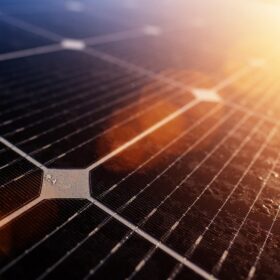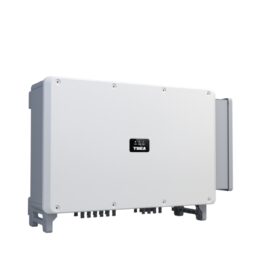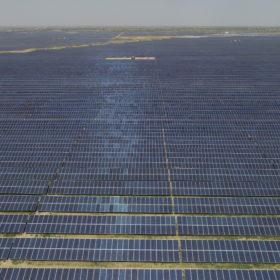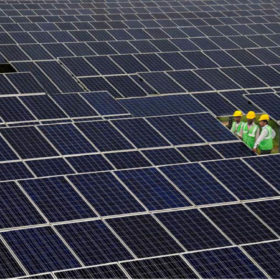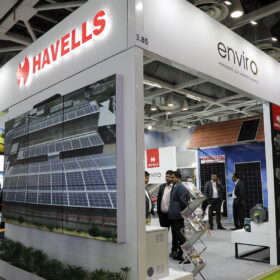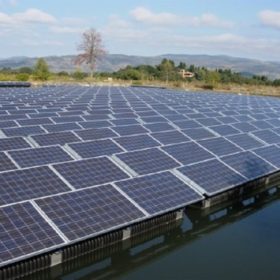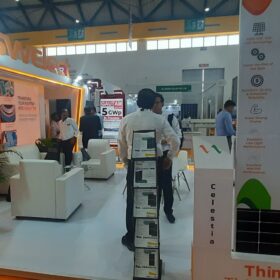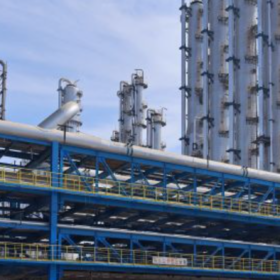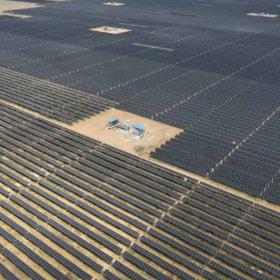H.G. Infra sets up solar subsidiaries
H.G. Infra Engineering Ltd has won 543 MW DC solar EPC projects under PM KUSUM scheme. The company is exploring additional opportunities in solar power development, including rooftop installations, and doesn’t rule out venturing into PV module manufacturing.
TBEA launches inverters for C&I projects
TBEA has developed new products with nominal power ratings of 75 kW to 110 kW and efficiencies of 98.6%. Their European efficiency rating is 98.4%.
New study provides state-wise renewables addition plan for India
A new study by government thinktank NITI Aayog provides state-wise renewable energy potential that can be harnessed by states to meet their renewable purchase obligations, RE capacity that needs to be procured by the deficit states from other RE-rich states, and storage requirement to meet the required grid balancing. The study was carried out with the support of the Central Electricity Authority and the Ministry of New and Renewable Energy.
High import duties affecting solar deployment in Bangladesh
Analysts at a recent event in Dhaka called for the removal of high import duties on solar products in Bangladesh, as it could reduce PV system prices by up to 11%.
Avaada Energy secures $38 million for captive solar project in Karnataka
Avaada Energy has secured financing for its solar PV power project being developed under a long-term captive power purchase agreement with Karnataka Cooperative Milk Producers’ Federation Ltd.
The role of renewable energy in achieving India’s net zero goals
The road to net-zero emissions in India doesn’t require herculean efforts. We can get there by wholeheartedly adopting renewables, investing in innovation and technology, and promoting public-private partnerships to build a better, cleaner, and more sustainable India for generations to come.
Havells India to ramp up solar power capacity to 16 MW
Havells India will expand the solar power generation capacity for self-consumption to 16 MW by installing a 4.6 MW solar power plant at its Alwar facility this fiscal.
Gensol Engineering profit 129% up in FY 2024
Gensol Engineering recorded consolidated revenue of INR 996 crore and net profit of INR 53 crore for fiscal 2023-24.
Madhav Infra secures EPC contract for 15 MW floating solar in Chhattisgarh
Madhav Infra Projects has secured the order to set up a 15 MW floating solar PV project at Maroda Reservoir of NTPC-SAIL Power Co. Ltd (NSPCL) in Chhattisgarh.
Swelect Energy Systems consolidated net profit 881% up YoY in FY 2024
Swelect Energy Systems Ltd (formerly known as Numeric Power Systems) has posted a consolidated total income of INR 279.33 crore and a net profit of INR 63 crore for the year ended March 31, 2024.
